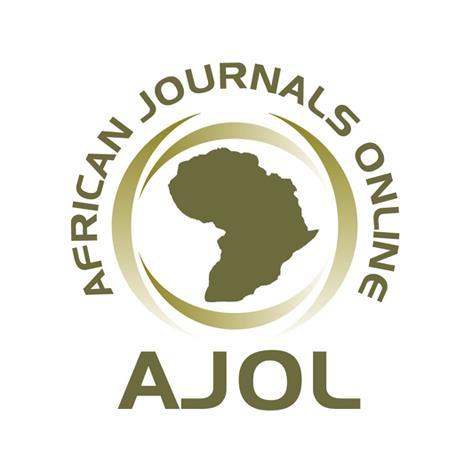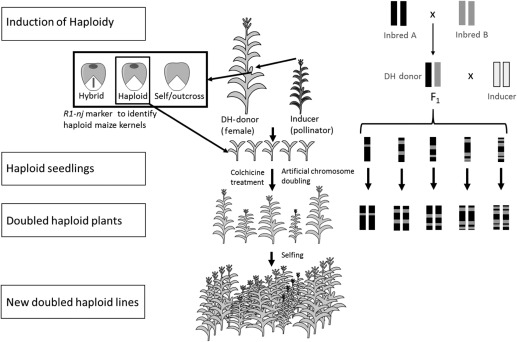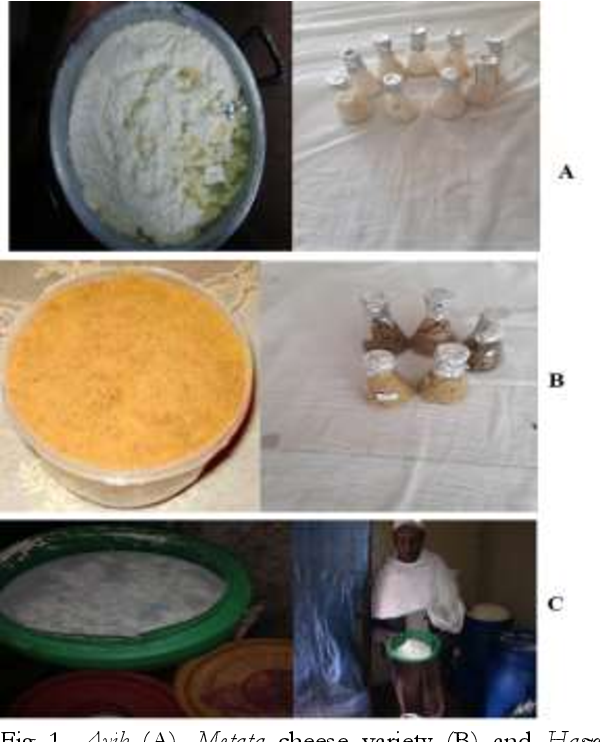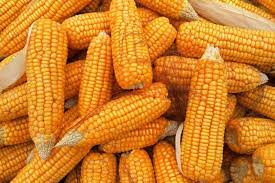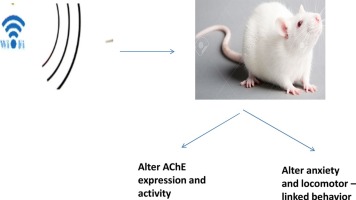Adaptation of Food Oat (Avena sativa L.) Genotypes in Amhara Region, Ethiopia
Downloads
Background: Oat is one of the soil acidity tolerant crops among cereal crops. In Ethiopia, However, it is mainly cultivated for animal feed using local cultivars with poor agronomic and soil management practices in soil acidity prone areas.
Objective: There are a lot of improved and commercial oat varieties released by European countries that are recommended for both food and feed. Therefore, the study was conducted to identify high-yielding and disease-resistant oat genotypes in acid soil highland areas of Amhara region.
Materials and Methods: The study was conducted at Adet, Banja, Fajie, Farta, Geregera, Sekela, Sekota and Sinan in the Amhara Regional State of Ethiopia. Thirteen introduced food oat genotypes and one local cultivar as a check were used as experimental treatments. The experiment was laid out as a randomized complete block design with three replications.
Results: The combined analysis of variance showed significant (P≤0.05) differences for grain yield and yield related traits of among genotypes, environments, and their interactions. The combined grain yield performance range was 3904 kg/ha to 3045 kg/ha in food oat genotypes. Food oat genotypes G4, G5, G10, G2, G13, G8 and G12 showed higher interaction to the environmental factors and also higher in grain yielding performance than the remaining tested oat genotypes across the tested environments. Therefore, these genotypes are relatively wider in adaptation across the tested environments. However, food oat genotypes only Goslin (G4) and Souris (G12) were more both widely adaptable and resistance to oat diseases over the local cultivars.
Conclusion: Among the 13 introduced food oat genotypes, Goslin (G4) and Souris (G12) were higher in grain yield performance, with a grain yield advantage of 26.93% and 18.16% and resistance to oat diseases over the local cultivars. Therefore, Food oat genotypes Goslin (G4) and Souris (G12) should be demonstrated and scaled out in soil acidity prone high land areas of Banja, Fajie, Farta, Geregera, Sekela and Sinan districts and in areas with similar agro-ecologies of Ethiopia.
Copyright (c) 2020 Misganaw Ferede, Melle Tilahun, Zina Demsie, Ermias Abate, Molla Mekonnen, Gebremariam Asaye, Mequanint Andualem, Fentanesh Sendekie, Desalegn Getaneh, Yasin Taye, Sefinew Wale

This work is licensed under a Creative Commons Attribution-NonCommercial-NoDerivatives 4.0 International License.
- I am authorized by my co-authors to enter into these arrangements.
- I warrant, on behalf of myself and my co-authors, that:
- the article is original, has not been formally published in any other peer-reviewed journal, is not under consideration by any other journal and does not infringe any existing copyright or any other third party rights;
- I am/we are the sole author(s) of the article and have full authority to enter into this agreement and in granting rights to Springer are not in breach of any other obligation;
- the article contains nothing that is unlawful, libellous, or which would, if published, constitute a breach of contract or of confidence or of commitment given to secrecy;
- I/we have taken due care to ensure the integrity of the article. To my/our - and currently accepted scientific - knowledge all statements contained in it purporting to be facts are true and any formula or instruction contained in the article will not, if followed accurately, cause any injury, illness or damage to the user.
- I, and all co-authors, agree that the article, if editorially accepted for publication, shall be licensed under the Creative Commons Attribution License 4.0. If the law requires that the article be published in the public domain, I/we will notify Springer at the time of submission, and in such cases the article shall be released under the Creative Commons 1.0 Public Domain Dedication waiver. For the avoidance of doubt it is stated that sections 1 and 2 of this license agreement shall apply and prevail regardless of whether the article is published under Creative Commons Attribution License 4.0 or the Creative Commons 1.0 Public Domain Dedication waiver.
- I, and all co-authors, agree that, if the article is editorially accepted for publication in Haramaya Journals, data included in the article shall be made available under the Creative Commons 1.0 Public Domain Dedication waiver, unless otherwise stated. For the avoidance of doubt it is stated that sections 1, 2, and 3 of this license agreement shall apply and prevail.





